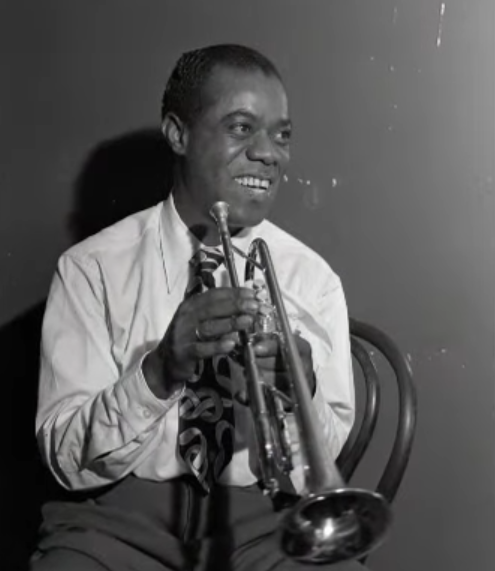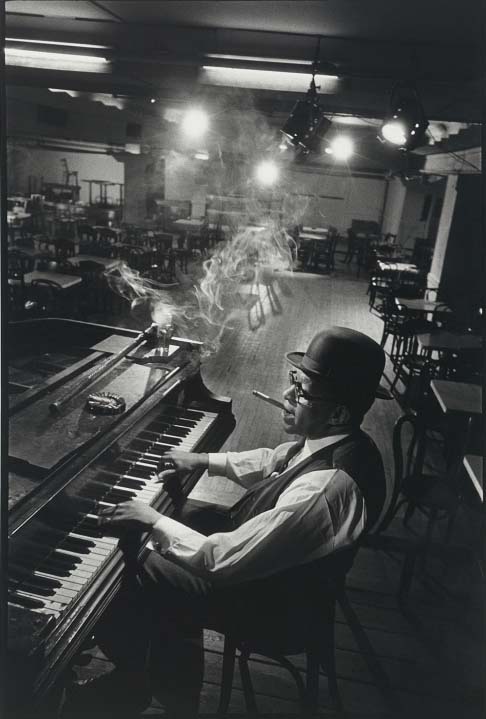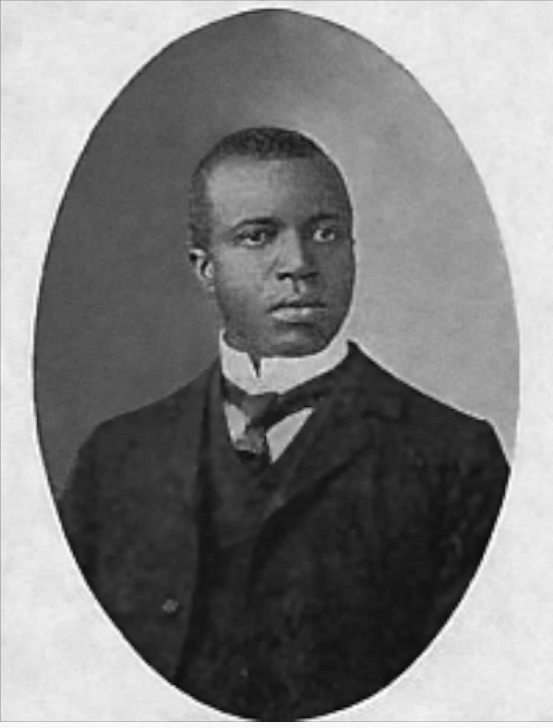What We Play
Traditional Jazz
Ragtime
Early Jazz
Traditional New Orleans Jazz
Hot Jazz
Swing
Boogie Woogie
Stride Piano
Gypsy Jazz
Chicago Style
Kansas City Style
Harlem Style
What We Don't Play
Modern Jazz
Contemporary Jazz
Smooth Jazz
Cool Jazz
Bop
Bebop
Hard Bop
Post Bop
Mainstream Jazz
Jazz Fusion
Modal Jazz
Free Jazz
Latin Jazz
Bossa Nova
Afro-Cuban Jazz
What Do You Mean - “TRADITIONAL JAZZ”?
by Sandy Catz
Some of us call it “Traditional Jazz” or “Trad Jazz” for short, but that can be confusing when you consider that “Modern Jazz” started more than 75 years ago. Someone recently asked, “Why do you call your organization the Tri-State Jazz Society when you don’t play jazz?” Surprisingly, some of our most enthusiastic fans have told us they don’t like jazz. Traditional jazz – also known as “early jazz” and “classic jazz” – is the root of all jazz and it’s what we play at our concerts. It definitely is “Jazz.”
About the Music
What sort of jazz will you experience at Tri-State Jazz Society events?
Tri-State Jazz Society presents performances by artists who specialize in the very earliest styles of jazz music, with a focus in the genre of "traditional" jazz. These styles include:
Ragtime (which started in the 1890s), Stride and Boogie-Woogie - these styles are usually exhibited in exceptional solo piano concerts performed by leading performers and authorities in this genre
Trad (short for Traditional), sometimes called Early Jazz, or New Orleans-style, showcasing ensembles playing music from the 19-teens to early 1930s (the term "Dixieland" has become much less popular)
Swing (sometimes called The Big Band Era, though we usually feature only smaller bands) from the 1930s
For more information about early jazz, be sure to visit the article by Ed Wise, “A Brief History of Jazz.”
A Brief History of Jazz
by Ed Wise
Simply put, the music of the Tri-State Jazz Society is jazz played in the style of its originators and their disciples. You may also hear it referred to as "Traditional Jazz", or "Trad Jazz" or even "Trad" for short. Yet another designation for this music is "New Orleans-style" jazz. It's also been referred to as "Dixieland jazz."
Jazz, America's original art form, began in New Orleans in the late 19th century. Like its most famous culinary invention, the music of New Orleans at this time was a "gumbo" of musical disciplines: Field hollers and work songs from the cotton fields of the Deep South, African-American Sanctified Church music from uptown New Orleans, European classical forms familiar to the French-Creole population of downtown New Orleans (known today as the French Quarter), piano rags from the Midwest, blues from the Mississippi delta, American military marches and more. All these elements were stirred into a musical pot and served up as what soon became known as jazz. By the turn of the 20th century, jazz could be heard all over still-segregated New Orleans, performed by both black and white bands. New Orleans musicians, hired to perform on paddlewheel riverboat cruises on the Mississippi River and its tributaries, spread the music to Memphis, Saint Louis, Kansas City, and Chicago.




